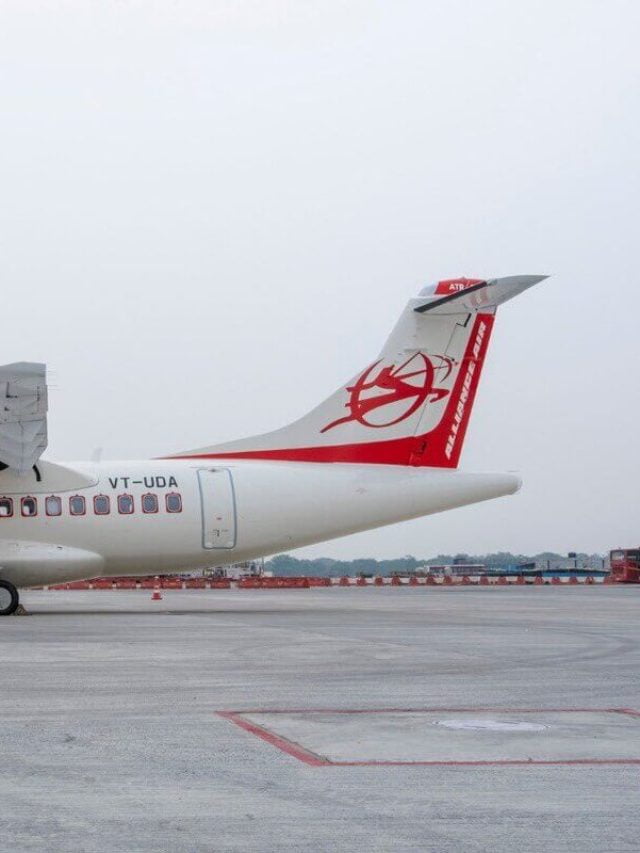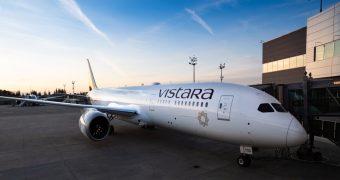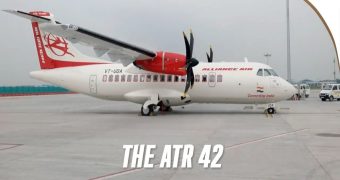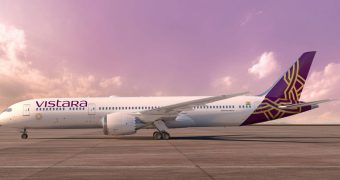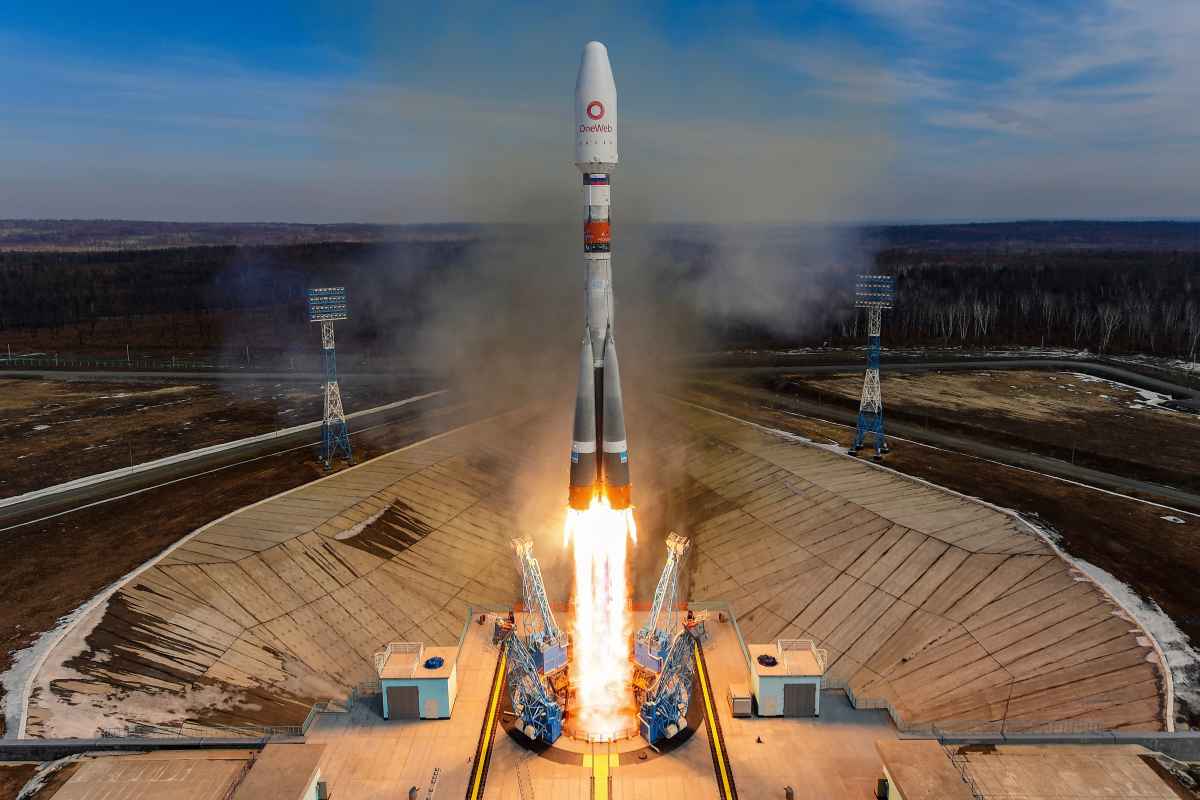
Air India and AirAsia India, two aviation wings of Tata Group, have signed a contract on interline considerations on irregular operations (IROPs), which will allow the duo to transfer the passengers from one flight to another during disruptions in flight operations. This is the first official step after Air India takeover from the government of India and hints at the long-term possibility of merging AirAsia India into Air India.
Air India - AirAsia India agreement will be valid until February 9, 2024, and will apply to domestic operations. Airlines typically enter into IROP agreements to serve on routes where they operate with a limited number of flights to prevent inconvenience to passengers in case of disruptions. Flight disruptions can occur due to several circumstances such as delays, cancellations, diversions, etc.
“The arrangement will enable airport teams of both Air India and AirAsia to offer alternative first available flights so that inconvenience to passengers is minimized,” the airline said in a letter circulated by Air India’s ground handling department to its regional divisions across India.
Integration of Aviation Wings Is Critical to Tata Group
Tata Group currently has four airlines in its portfolio – Air India, Air India Express, AirAsia India (in which it holds 83.6% stake), and Vistara (where it has 49% stake). There is also a 50% stake in Air India’s ground and cargo handling subsidiary Air India SATS Airport Services (AISATS).
According to industry experts, Tata Group has everything to turn into the biggest airline entity in India. However, such success will depend on the seamless integration of all its airline wings. The four airline brands have a distinct culture, profile and cost base, and each one is competing for the market share. An integration would imply looking forward to common systems, costs and capacity, keeping competition in mind. If four airlines are consolidated, Air India will have 233 Boeing and Airbus aircraft of varying configurations under its fleet.
Both Vistara (joint venture with Singapore Airlines) and AirAsia (joint venture with Malaysia’s AirAsia Investment) are yet to make money. The duo consistently reported losses during the last two fiscal years. Integrating four different brands needs to be thoughtful, with strategized synergies between the brands.
Although Tata Group has not commented on any integration, it has committed to a 100-day plan for improvement for Air India. The plan primarily focuses on improving Air India’s on-time performance and customer service.
